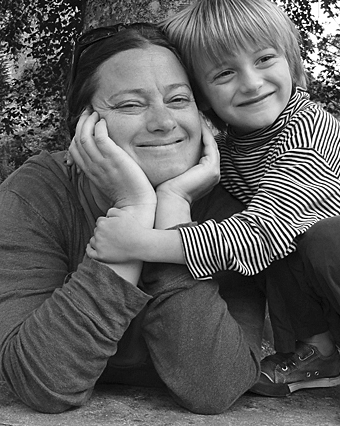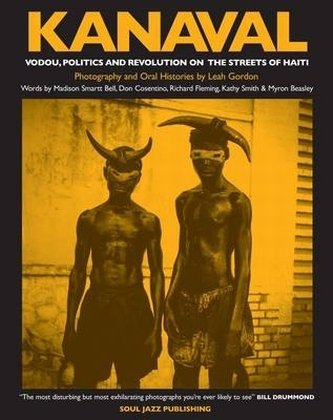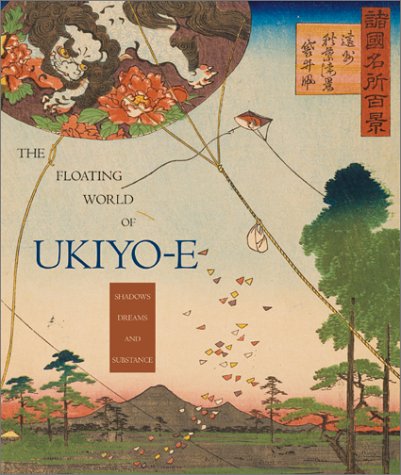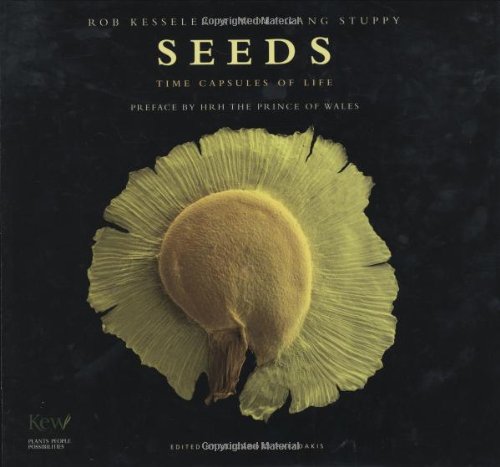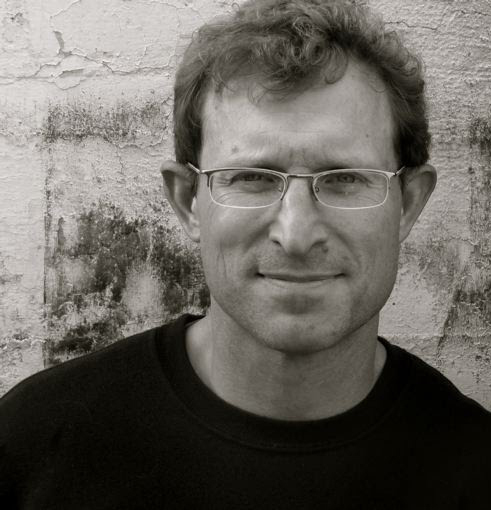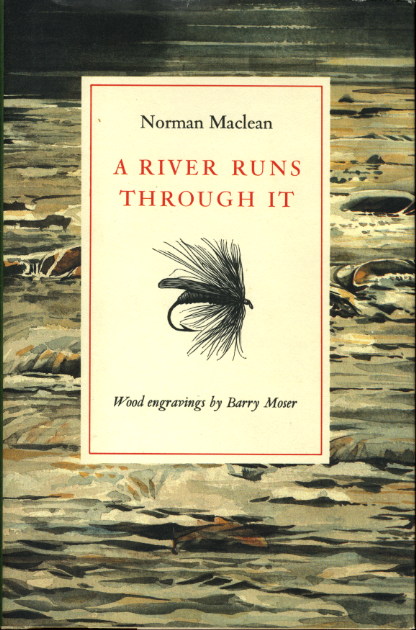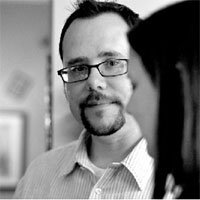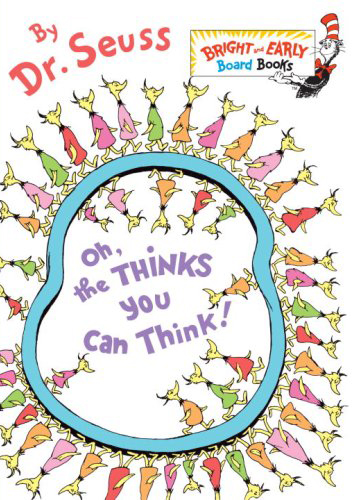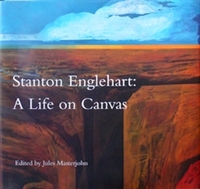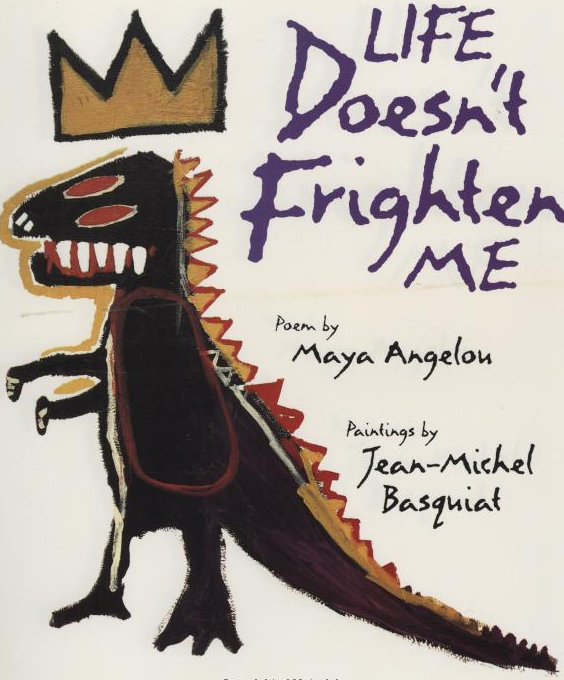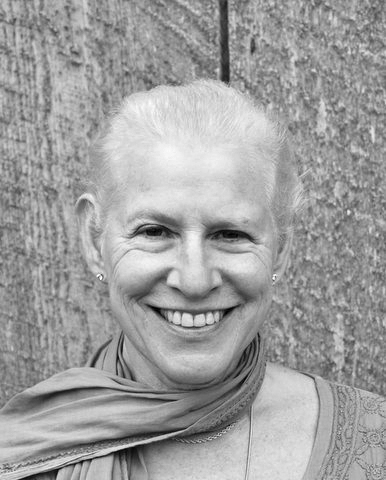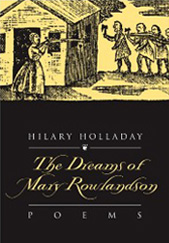Good Books: Mari L’Esperance on Mixed Heritage
 Born in Kobe, Japan to a Japanese mother and a French Canadian-American father, Mari L’Esperance is the author of The Darkened Temple, winner of the Prairie Schooner Book Prize in Poetry, and Begin Here, a poetry chapbook. She also co-edited, with Tomás Q. Morín, Coming Close: Forty Essays on Philip Levine. She is a two-time Pushcart Prize nominee and recipient of awards from the New York Times, New York University, Hedgebrook, and Dorland Mountain Arts Colony. L’Esperance lives in the Los Angeles area, where she works as a psychotherapist, writes, and occasionally facilitates poetry groups.
Born in Kobe, Japan to a Japanese mother and a French Canadian-American father, Mari L’Esperance is the author of The Darkened Temple, winner of the Prairie Schooner Book Prize in Poetry, and Begin Here, a poetry chapbook. She also co-edited, with Tomás Q. Morín, Coming Close: Forty Essays on Philip Levine. She is a two-time Pushcart Prize nominee and recipient of awards from the New York Times, New York University, Hedgebrook, and Dorland Mountain Arts Colony. L’Esperance lives in the Los Angeles area, where she works as a psychotherapist, writes, and occasionally facilitates poetry groups.
Mari L'Esperance reccomends three books on mixed heritage:

 The Unbearable Heart
The Unbearable Heart
by Kimiko Hahn
I discovered this collection of poems — I can’t now remember how — while I was a graduate student in New York City in the mid-‘90s and it has held much meaning for me ever since. Hahn’s mother was Japanese American from Hawaii, her father German American from Wisconsin; both were artists. The collection is an elegy for Hahn’s mother, who died suddenly in a hit-and-run accident, so it arrived in my life when I most needed it, as I was reeling from the sudden loss of my own mother. Hahn’s poems experiment with a range of forms, including short lyrics, long-lined free-verse poems, list poems, and zuihitsu, a Japanese form inherited from China that consists of loosely connected personal “essays” and idea fragments in a flowing “brush stroke” down the page. The poems make occasional reference to Japanese culture, almost in passing, as if the poet is standing just outside of this aspect of herself and looking in. “The work is furious, flawed, and absolutely necessary,” Adrienne Rich wrote of The Unbearable Heart, and I agree . . . and it was published by the amazing Kaya Press and awarded an American Book Award, so you really can’t go wrong.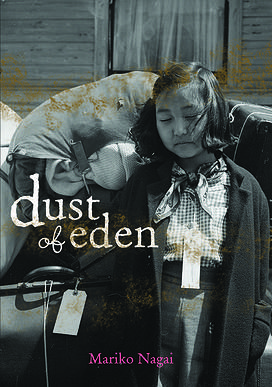
 Dust of Eden
Dust of Eden
by Mariko Nagai
The forced imprisonment of thousands of Americans of Japanese descent on U.S. soil during World War II is a shameful and still little known chapter in our country’s history. In Nagai’s powerful novel-in-verse (for young adult readers), she combines poetry and story to convey the dark tale of middle school student Mina Tagawa’s family, who, after the Japanese bombed Pearl Harbor, was forced from their Seattle home to spend three years under armed guard in an Idaho internment camp. Each of Nagai’s verse “chapters” begins with a date, so as I read I continually had the sense of time passing and of time stilled; each chapter is like a vivid black-and-white photograph, stamped in time and indelible in its stark narrative. Much has been published over the years about the experiences of Japanese American internees, but this is the first verse novel for younger readers of which I’m aware, and is written with intelligence and heart; young people everywhere need to know about this piece of history and how its legacy continues today.
Nagai herself is the embodiment of cross-cultural hybridity: born in Tokyo to Japanese parents and raised in Europe, the United States, and Japan, she is a frequent traveler and writer of the world, possessing a keen eye, uncompromising voice, and a true gift for language (she’s won the esteemed Pushcart prize in both poetry and fiction). I’m grateful for her necessary work.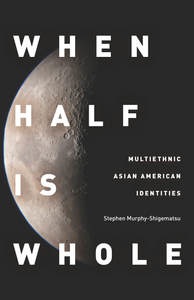
 When Half Is Whole: Multiethnic Asian American Identities
When Half Is Whole: Multiethnic Asian American Identities
by Stephen Murphy-Shigematsu
It was late 2012 and I’d recently moved back to Los Angeles after 27 years away, and at a pivotal and uncertain time in my life. Murphy-Shigematsu’s book is a collection of personal and scholarly essays that I discovered via a review by Nancy Matsumoto at Discover Nikkei, and it helped to affirm my own mixed heritage, which I’d long taken for granted and not really considered with any kind of depth. Murphy-Shigematsu, a psychologist and academic and the son of a Japanese mother and an Irish American father, was born in Tokyo and raised in Japan and New England. He uses his own experiences as a biracial, bicultural person to convey the complex journeys of other individuals of mixed-Asian descent. His writing is accessible and personal and is grounded in scholarship and lived experience. Through stories, Murphy-Shigematsu reflects to us how mixed identities are formed in the “borderlands” between worlds—the multiethnic person’s realm of neither-here-nor-there. Murphy-Shigematsu and his subjects grapple with the question, Who am I?—and their responses are surprising, thought provoking, and illuminating.
In 1942, Japanese-Irish American artist Isamu Noguchi wrote, “To be hybrid is to anticipate the future.” Here in Los Angeles in 2014, that future is now. “The stories that I present bring greater understanding to how identities today are flexible, inclusive, and multiple, and challenge the meaning of national and racial categories and boundaries,” Murphy-Shigematsu writes in the prologue. I am fortunate to have When Half Is Whole as my companion and guide as I continue on my own journey. I encourage everyone to read this engaging and powerful book.

 Post a Comment
Post a Comment